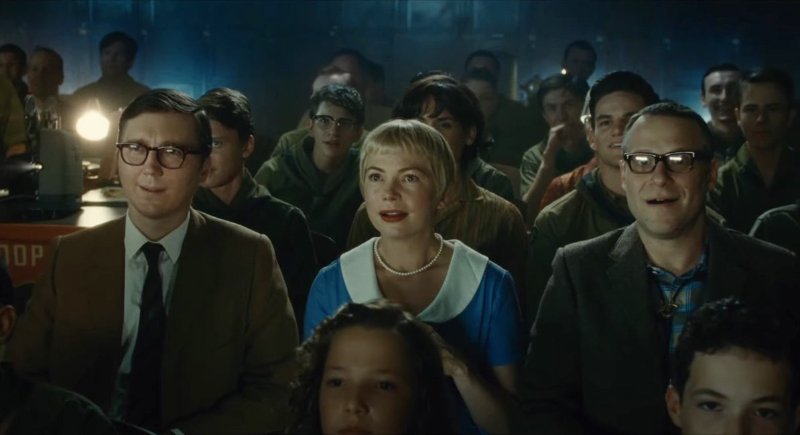The Secret Reason Modern Blockbusters Look Worse Than Films From 20 Years Ago
People on Reddit keep asking why today’s big-budget movies look strangely flat compared to those released twenty years ago. It isn’t just nostalgia. Studios now shoot almost everything on digital cameras, and HDR systems pull in far more visual data than older setups ever did. The shift has changed the texture of what ends up on screen, though most viewers don’t realize what happened. The answer has little to do with storytelling and almost everything to do with what’s happening behind the lens.
Why Do Movies Look Different Now?

Image via iStockphoto/Pressmaster
For most of Hollywood history, productions relied on celluloid film. Shoots on 35mm created natural grain, depth, and texture. That format forced directors and cinematographers to plan shots with care because every frame cost money. Lighting shaped faces, shadows carried weight, and focus guided the viewer’s eye.
Digital cameras replaced that process. The early versions struggled with contrast and color, resulting in movies with a flat video look. Engineers pushed forward and introduced High Dynamic Range to boost brightness and detail. HDR gathered extra visual data, which made both shadowed areas and highlights more pronounced. It sounded like an upgrade, yet the result often removed depth.
Convenience Changed Craft
Studios embraced digital because it saved time and budget. Teams could shoot huge amounts of footage, adjust shots later, and patch scenes through visual effects. Instead of designing a frame with intention, productions often picked the safe approach and fixed problems during post-production.
That convenience affected lighting. Flat setups allow editors to replace backgrounds, insert CG elements, and tweak color quickly. The tradeoff is a lifeless look that blends one blockbuster into the next. Streaming productions doubled down on this method because it keeps schedules tight and equipment compact. Viewers feel the result during action scenes that blur, night scenes that look dim, and dialogue scenes that seem oddly clinical.
Why Older Films Pop On Modern Screens

Image via Wikimedia Commons/DMarx22
Fans who upgrade to 4K discs often discover that older titles look incredible. That happens because analog film captured detail that digital restoration can reveal without artificial sharpness. The grain adds subtle movement that tricks the brain into sensing realism. Colors carry character instead of a uniform sheen, and depth of field guides attention.
Recent hits that used film stock prove the point. “Oppenheimer,” “Killers of the Flower Moon,” and “The Fabelmans” used 65mm or 35mm formats and stood out during awards seasons for visual impact. Directors who champion film argue that it reflects humanity in ways digital cannot match. Their projects show how the format still excites audiences even in an era dominated by streaming.
Nostalgia Plays a Smaller Role Than People Think
Some people claim audiences only prefer the movies they grew up with. There is a bit of that, but the technical side explains much more. Older blockbusters struck a balance between sharpness and softness, bold color and shadow, and practical ambition. Recent studio films often aim for uniform crispness and polished CG work, which can wash out character. Add a steady line of reboots, and even massive budgets struggle to create anything memorable.
A small counter-movement is taking shape. Well-known directors continue to shoot on film. Cinematographers speak openly about depth, texture, and purposeful composition. Viewers point out dim lighting and unclear action when they see it. This shift will not overturn the entire system, yet it is already influencing what audiences look for and how they respond to the images on screen.